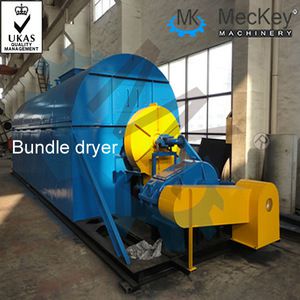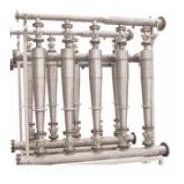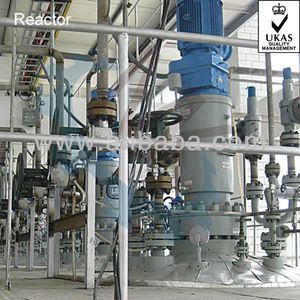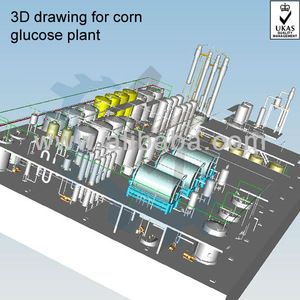ISO Economic Capacity Broken Rice/Grain Glucose/Syrup Production Line From Broken Rice.
Capacity: Depends on customer's requirement.
General description of the process:
(1) Starch milk adjustment: Raw broken rice is unloaded to rice tank. With water’s adding, it is sent to steeping tanks for softening. Dipped rice is pumped to crashing stage, sending to rice storage after de-stone, de-iron and milling.
Starch milk coming from storage tank is adjusted to DS28-32% and proper PH and temperature.
(2) Liquefaction: Starch milk is sent to buffer tank then liquefied by jet cooker with the aid of liquefaction enzyme. 2 times jet cooking is needed for better reaction. Then the material is sent to the flash for cooling then to the neutralization tank for suitable PH value.
(3) Rice gluten feed making: The mixed syrup goes to filter press for removing the protein residues, fiber, etc. This dreg can be washed via process water to recover glucose. Then it is sent to bundle dryer for gluten feed making.
(4) Saccharification: The temperature and PH value of liquefied material are adjusted and it is sent to saccharification tanks for reaction. After being kept in saccharification tank, the required DE value of the glucose will be reached.
(5) Filtration and decoloring: Active carbon is needed for decoloring at proper temperature. The active carbon will adsorb the color material from the glucose. After that, the glucose and active carbon are sent to the filter press to filter the active carbon. The cleaned glucose is sent to the next section.
(6) Ion exchange: Tiny foreign items and bad odor is removed via ion exchanger. This equipment is used for high quality product.
(7) Evaporation: The glucose is totally cleaned through safety filter then sent to evaporator for concentrating to reach the required DS as final product.
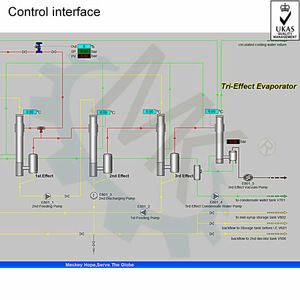
 China
China